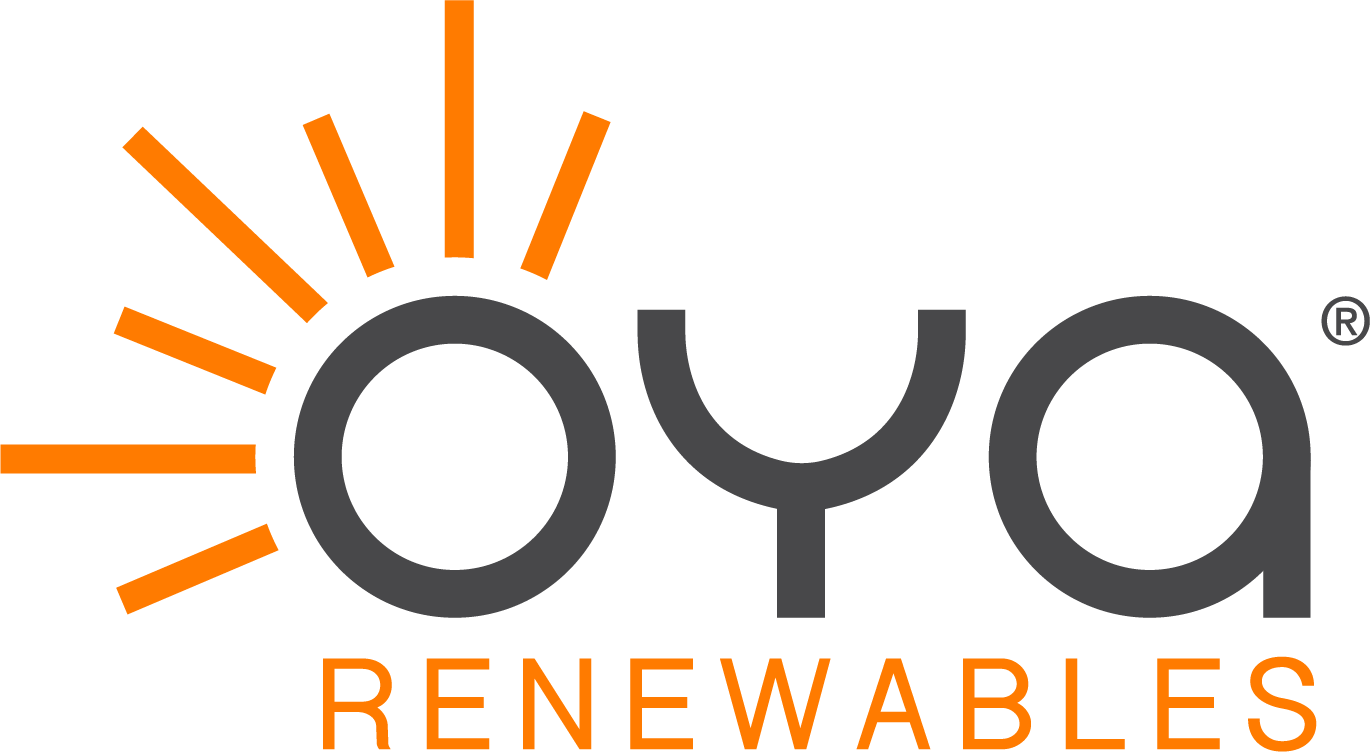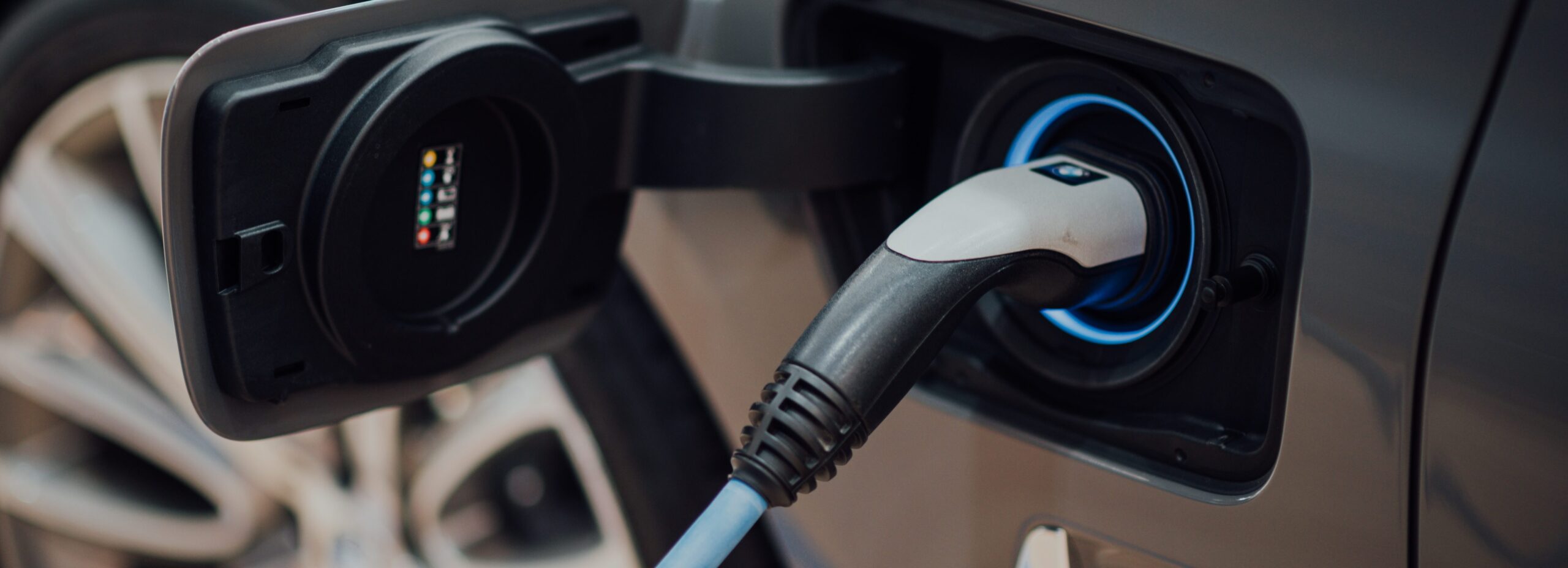With the emergence and popularity of electric vehicles across North America, one of the main concerns for electric vehicle (EV) owners is charging. Many states and provinces are beginning to create incentive programs for alternatives to gas-powered cars1, causing the demand for EVs to grow at an exponential rate. For example, the Charge NY initiative in New York State offers EV buyers the Drive Clean Rebate of up to $2,000 for new car purchases or leases. Residents of New York State can combine this incentive with a Federal Tax Credit of up to $7,500, making EVs very desirable2. However, many still have some burning questions about EV charging infrastructure
The refueling process for gasoline or diesel vehicles is relatively straight-forward and understood by everyone: you stop at a gas station, pick which grade your car takes (regular, mid-grade, premium gasoline, or fuel), and you’re back on the road within a few minutes. There is a learning curve to the recharging process of EVs, as many people begin to make the switch, mainly because there are a few considerations to keep in mind when it comes to EV charging solutions. Some of the main ones are the different types of connectors that can be used, the amount of power different categories of EVs accept, the ability to recharge at multiple locations (at home, at the office, at public charging stations), and most importantly, the different types of EV chargers that determine how long it takes to fully charge your EV.
Given these considerations, it is essential to have some background knowledge and an expert partner on the various EV charging solutions available for your commercial and customer needs.
Types of EV Chargers
There are three main types of EV chargers: Level 1, Level 2, and Level 3 (typically known as fast/rapid charging). Higher charging levels mean faster recharge times which is why Level 3 charging offers the quickest charge. Despite each EV receiving a different amount of power from the Electric Vehicle Supply Equipment (EVSE), also known as the charger, it is crucial to remember that various EVs charge at different speeds on each level, in accordance with vehicle manufacturer specifications.
Level 1 and Level 2 chargers are alternating current (AC) chargers, whereas Level 3 chargers are direct current (DC) chargers. Both Level 1 and Level 2 chargers deliver AC to electric vehicles, which is then converted into DC by the EV battery, as the battery can only accept DC power. Due to the AC/DC conversation process that is required when using Level 1 and 2 chargers, their charging time is much slower than a Level 3 charger, which delivers DC to the battery.
Businesses and companies need both Level 2 and Level 3 EV charging solutions depending on several factors, such as the dwelling time of EV drivers, the location of the station, and other site considerations. By installing an EV charging station, businesses can offer their employees clean energy solutions that help to reduce their carbon footprint.
What are the Different Levels of EV Charging?
Level 1: Standard Wall Outlet (120-Volt)
Level 1 charging uses a standard 120-volt wall plug, which is found throughout most homes in North America. Level 1 charging has the slowest recharge time, and EV owners have traditionally reserved it for at-home use to charge their vehicles overnight. It can take over 24 hours to fully charge an EV battery when using Level 1 charging as it is only able to provide 2 to 5 miles of range per hour.
Since this type of EV charger is relatively slow in comparison to Level 2 and Level 3 chargers, it is best for EV owners who don’t require daily charging.
Level 2: Dryer Plug (240-Volt Outlet)
Level 2 EV chargers use 240-volts and are becoming the standard for EV charging when EV drivers don’t require a rapid recharge. It’s simple to install Level 2 charging equipment at home, in workplace parking lots, and at public charging stations. Level 2 chargers provide between 10 to 60 miles of range per hour, making it a more accessible choice than Level 1 chargers.
Since Level 2 chargers require a 240-volt, additional infrastructure to accommodate the voltage may need to be invested in to install the charger on a property, depending on the amount of EV chargers required. Level 2 chargers are a much better EV charging solution for drivers who require daily charging as it is more cost-friendly to install on a property in comparison to Level 3 chargers and offer quicker charging than Level 1 chargers.
Level 3 Charging: DC Fast Charge & Supercharging (400-Volt to 900-Volt)
Level 3 charging is the fastest type of EV charging since Level 3 chargers provide DC, unlike Level 1 and 2 chargers that require an AC/DC conversion. Since Level 3 chargers are more power-intensive, they are typically utilized in non-residential settings; due to the intensive power requirements, the electrical infrastructure needs to be carefully planned in order to optimize costs. Due to the expertise and infrastructure needed, installing Level 3 charging solution can require a higher budget.
For commercial applications, Level 3 chargers are the ideal EV charging solution as they allow for quick fleet charging and are much more useful at highway and urban public charging stations since they can charge up to 80% of an EV battery in only 20 to 30 minutes.
Note that not all EVs can charge through a Level 3 charger and there are several different types of Level 3 chargers: Combined Charging System (CSS), CHAdeMO, and Tesla Supercharger. It’s important to include some Level 2 chargers at rest stops to ensure that charging stations can service everyone. OYA Renewables offers Level 2 and Level 3 chargers to create simplified EV charging solutions for businesses and organizations. We develop individualized EV charging solutions for our clients to help them meet their needs, sustainability targets, and financial goals.
EV Charging Levels FAQ (Frequently Asked Questions)
What are the differences between Level 1 and Level 2 EV charging?
Both Level 1 and Level 2 charging involves feeding AC to the charger on-board the vehicle, which can convert the AC power to DC, to charge the battery. Both Level 1 and Level 2 can be used at home, with the latter needing some infrastructure installed in the home to support the 240-volt outlet. The main difference between the two is the charging rate. Level 1 chargers provide 2 to 5 miles of range per hour, while Level 2 is slightly faster, yielding around 10 to 60 miles of range per hour.
Do all EVs use the same connector?
All EVs in North America, with the exception of Tesla, use the J1772 or “J-Plug” connector for both Level 1 and Level 2 charging. Level 3 charging is slightly different. There are three types of Level 3 chargers: Tesla Supercharger, CHAdeMO, and Combined Charging System.
Can a Level 2 charger be installed for at home charging?
The short answer is yes. Most homes in North America can add a circuit for the 240-volt outlet that Level 2 chargers use. Most kitchen and laundry appliances need a 240-volt outlet, so some homes will already have a dedicated circuit that a Level 2 charger can share.
How much does it cost to install a Level 2 charger?
The actual cost of the charger can vary on a few factors, like the power and features it has available. There is an additional cost to install, which varies for each site and largely depends on if an additional circuit needs to be added to accommodate the voltage and/or the distance of the charger from the source of power. OYA will assess your current capacity to provide you with the information you need on what charging equipment can be installed on your property and at what cost.
The best time to charge an EV using a home charger is during off-peak hours, when energy rates go down. Each energy provider is different, so check with yours to confirm when your off-peak hours are, but typically they are overnight from midnight to the early morning. If you can, schedule your EV charging during off-peak hours to lower the cost.
How does EV charging mitigate costs for businesses?
OYA clients can integrate EV charging solutions with on-site solar, battery storage, and our virtual power plant platform to optimize energy costs that benefit the grid and save business costs. Additionally, EV charging generates revenue streams and attracts a higher volume of potential customers.
OYA Renewables will assess your property and electric vehicle charging needs at no cost. Contact us at evcharge@oyarenewables.com or fill out the form below to find out whether you are eligible for our EV Charging program.
References:
1 : https://www.iea.org/reports/global-ev-outlook-2021/policies-to-promote-electric-vehicle-deployment
2: https://www.nyserda.ny.gov/All-Programs/Drive-Clean-Rebate-For-Electric-Cars-Program

